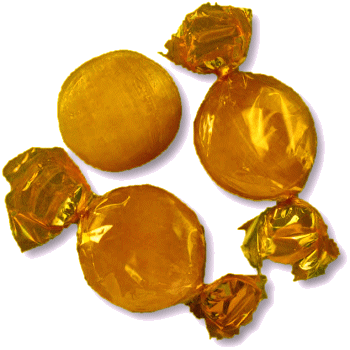




WELCOME TO An Entertainment Site for Scottish Country Dancers - Enjoy the curated selection of theme-related dances for celebrations and holidays, or find a dance associated with a special calendar day, or EVEN your own birthday!
Statue of Robin Hood and Little John in Sherwood Forest, Nottinghamshire
Robin Hood Days
Aug 22
Other Scottish Country Dances for this Day
Today's Musings, History & Folklore
"Then Robin Hood stept to a thicket of trees,
And choose him a staff of ground oak;
Now this being done, away he did run
To the stranger, and merrily spoke:
‘Lo! see my staff it is lusty and tough,
Now here on the bridge we will play;
Whoever falls in, the other shall win,
The battle, and so we "’ll away.’ "
~ Anonymous, Robin Hood and Little John, collected by William Stanley Braithwaite, ed. The Book of Restoration Verse, 1910
Late summer brings Medieval and Robin Hood Festivals to life, and with them comes the thrill of reliving legendary tales. Channel the spirit of adventure in this rollicking and challenging reel, inspired by the iconic first quarterstaff skirmish between Robin Hood and Little John! With set lines shifting directions north, east, south, and west each time through, you’ll need to stay sharp to keep pace. “Little” John, Robin Hood’s right-hand man and second-in-command of the Merry Men, first appeared in the earliest Robin Hood ballads and tales dating back to 1420. By the 17th century, he was famously portrayed as a towering figure, at least seven feet tall, who tries to block Robin’s way across a narrow bridge, sparking their famous quarterstaff duel. Though victorious, John is persuaded to join Robin’s band and fight by his side. While historical evidence of Little John is scant, local lore claims his grave lies in the churchyard of Hathersage, Derbyshire. So prepare for battle with your set partners and let’s hear the virtual click, clack, and snicker-snack as Merry Dancing Men and Merry Dancing Maids bring the legend to life! 🏹 💚 🎯
Robin Hood's Quarterstaff
Today begins the annual Robin Hood Festival in Nottingham, close to the legendary Sherwood Forest, the haunt of Robin and his Merry Men.
One of the most memorable of vignettes from the folktales of Robin Hood is his encounter with Little John and their sparring with quarterstaves.
A quarterstaff is a traditional European pole weapon and a gives its name to a technique of stick fighting, which was especially prominent in England during the Early Modern period.
According to a 17th-century ballad, Little John he was a giant of a man (at least seven feet tall), and meets Robin crossing a narrow bridge, on which neither will give way. They spar with quarterstaves, and Robin is overcome. Despite having won the duel, John agrees to join his band and fight alongside him. He is then given the nickname of Little John, in whimsical reference to his size and in a play that reverses his first and last names (as his proper name was said to be John Little).
Despite a lack of historical evidence for his existence, Little John is reputed to be buried in a churchyard in the village of Hathersage, Derbyshire. A modern tombstone marks the supposed location of his grave, which lies under an old yew tree. This grave was owned by the Nailor (Naylor) family, and sometimes some variation of "Nailer" is given as John's surname.
In Dublin, Ireland, there is a local legend that suggests that Little John visited the city in the 12th century and perhaps was even hanged there. Little John was also a figure in the Robin Hood plays or games during the 15th to 17th centuries, particularly those held in Scotland.
For classic moments from the iconic 1938 iconic film version with Errol Flynn as Robin Hood, click the illustration of his classic meeting and bout by N.C. Wyeth (1907).
Click the dance cribs or description below to link to a printable version of the dance!



